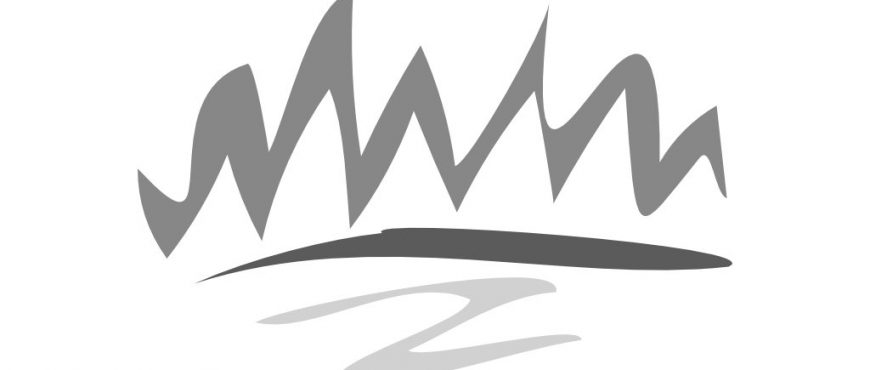Endangered Plants at Risk from Logging
VICTORIA – No further logging approvals should be awarded in the coastal Douglas fir ecosystem on Southeast Vancouver Island until site assessments for endangered plants are completed, the Forest Practices Board recommended today.
The recommendation is the result of a board investigation of a complaint by the Carmanah Forestry Society. The society complained about an April 2004 approval of a BC Timber Sales Program plan to log on southeast Vancouver Island. The society was concerned that logging would lead to the elimination of endangered plant communities.
The approved logging involved two different ecosystems: the coastal Western hemlock and the coastal Douglas fir. The latter was of most concern to the board. The provincial Conservation Data Centre has identified 20 red-listed (endangered or threatened) plant communities that are likely to occur in this ecosystem. The coastal Douglas fir ecosystem is very rare as a result of urban development and past logging.
“Very little coastal Douglas fir remains on Crown land, and this small land base has a strong potential for endangered plant occurrences,” said board chair Bruce Fraser. “That’s why the board believes a comprehensive site assessment must be conducted before logging is approved in this area.
“For these reasons, the board found the district manager’s decision to approve logging in the coastal Douglas fir ecosystem, without such an assessment, was not reasonable.”
Although government has a number of options for protecting these red-listed plant communities, they are greatly restricted by current government policy. The majority of the coastal Douglas fir ecosystem in this area is located on private land, where government is not able to control logging practices in order to protect endangered species.
“The tools needed to protect endangered or threatened plant species on southeast Vancouver Island are either lacking or inadequate,”said Fraser. “The board found there is currently no effective mechanism in place to adequately conserve red-listed plant communities on Crown forest lands in this area.”
The board asks government to report progress on implementing the following recommendations by October 31, 2005:
Government agencies should require assessments to identify red-listed plant species, before any further logging is approved in the coastal Douglas fir zone on southeast Vancouver Island.
The Minister of Environment should promptly designate the appropriate red-listed plant communities in the coastal Douglas fir zone as species-at-risk, and establish wildlife habitat areas to conserve them.
The South Coast Inter-Agency Management Committee should assess whether old-growth management areas will be adequate for long-term conservation of red-listed plant communities.
The board reaffirms an Inter-Agency Management Committee’s recommendation that government review, and consider increasing, the one per cent timber supply cap for creating new wildlife habitat areas in the South Island Forest District.
The Forest Practices Board is an independent public watchdog that reports to the public about compliance with the Forest and Range Practices Act (FRPA) and the achievement of its intent. The board’s main roles under FRPA are:
- Auditing forest practices of government and licence holders on public lands.
- Auditing government enforcement of FRPA.
- Investigating public complaints.
- Undertaking special investigations of forestry issues.
- Participating in administrative appeals.
- Providing reports on board activities, findings and recommendations.
-30-
Erik Kaye
Communications
Forest Practices Board
Phone: 250-356-1586 or 1-800-994-5899
August 16, 2005


